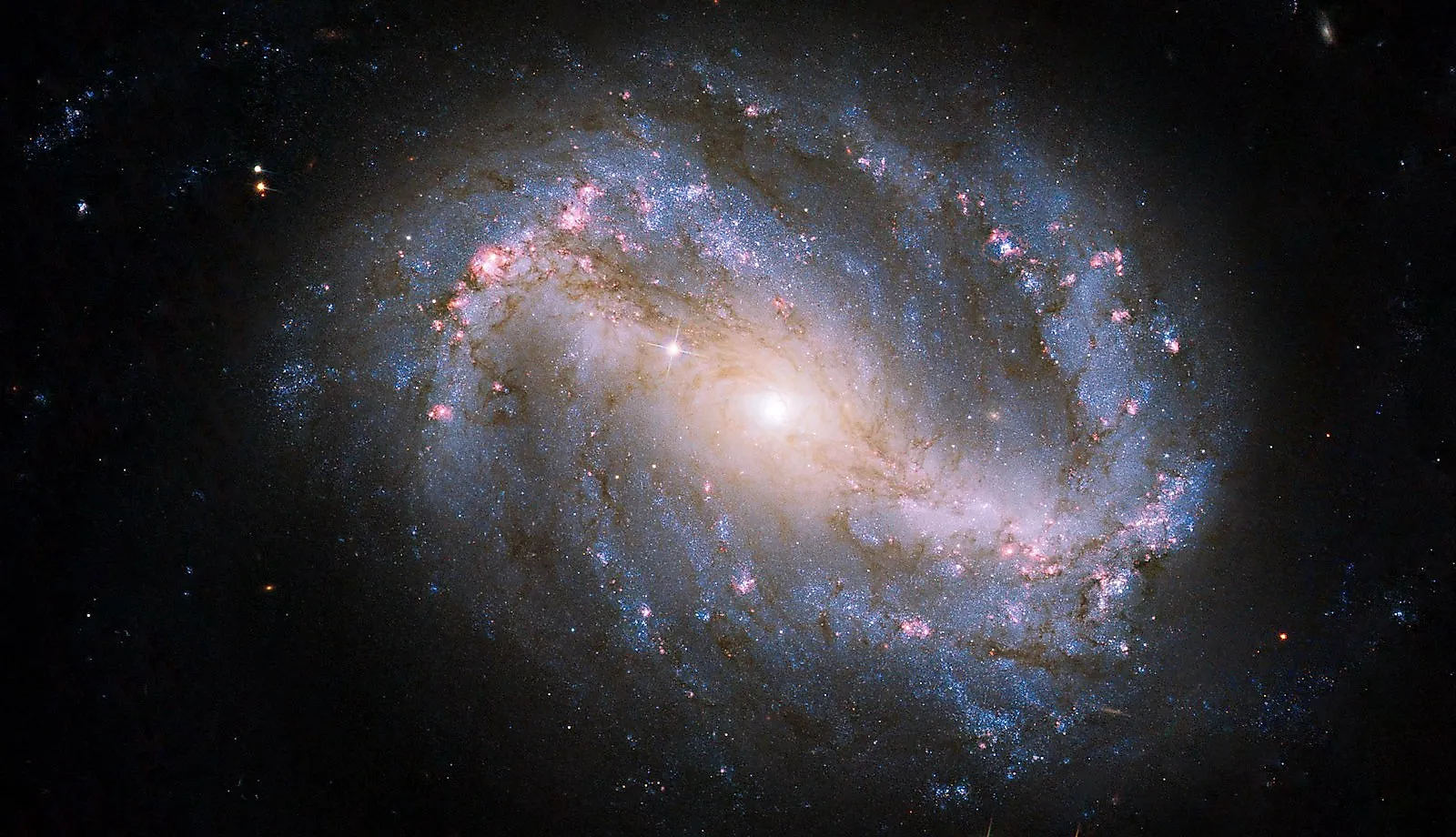
The Different Types of Galaxies
Galaxies come in a wide array of shapes and sizes. In total, there are four main groups of galaxies: spiral, elliptical, irregular, and peculiar. Each of these types of galaxies have their own unique features and history, adding more beauty to an already stunning universe.
Spiral Galaxies
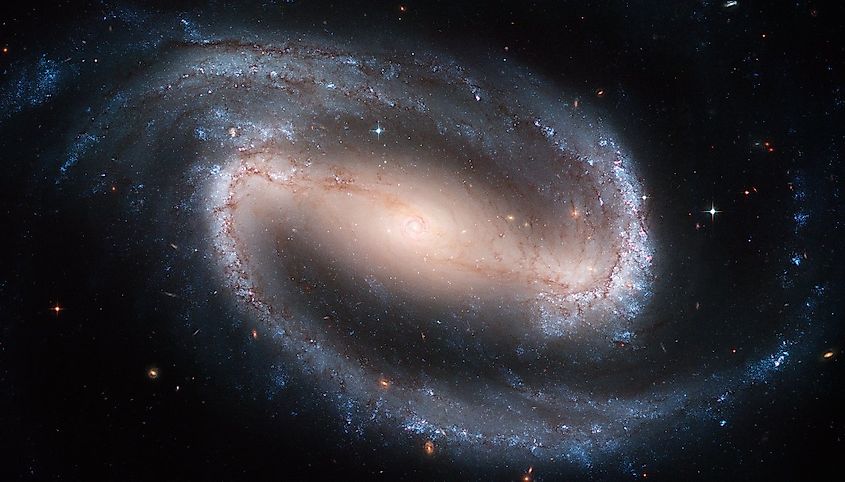
Spiral galaxies are perhaps the most recognizable type of galaxy, and this is likely due to the fact that the Milky Way, along with most of the closest galaxies, are all classified as spiral galaxies. Spirals also tend to have the most visually stunning and complex shapes, making them a sight to behold. Spiral galaxies can actually be divided into two subgroups: regular spirals and barred spirals. Regular spiral galaxies are those that possess multiple spiral arms, while a barred spiral galaxy will generally have two large arms. While the most common feature of every spiral galaxy are the vast spiral arms, there are several other noticeable features that spiral galaxies possess, such as a central bulge, a flat rotating disk of stars, a supermassive black hole at the galaxy’s center, and a galactic halo of material.
How Do Spiral Galaxies Form?
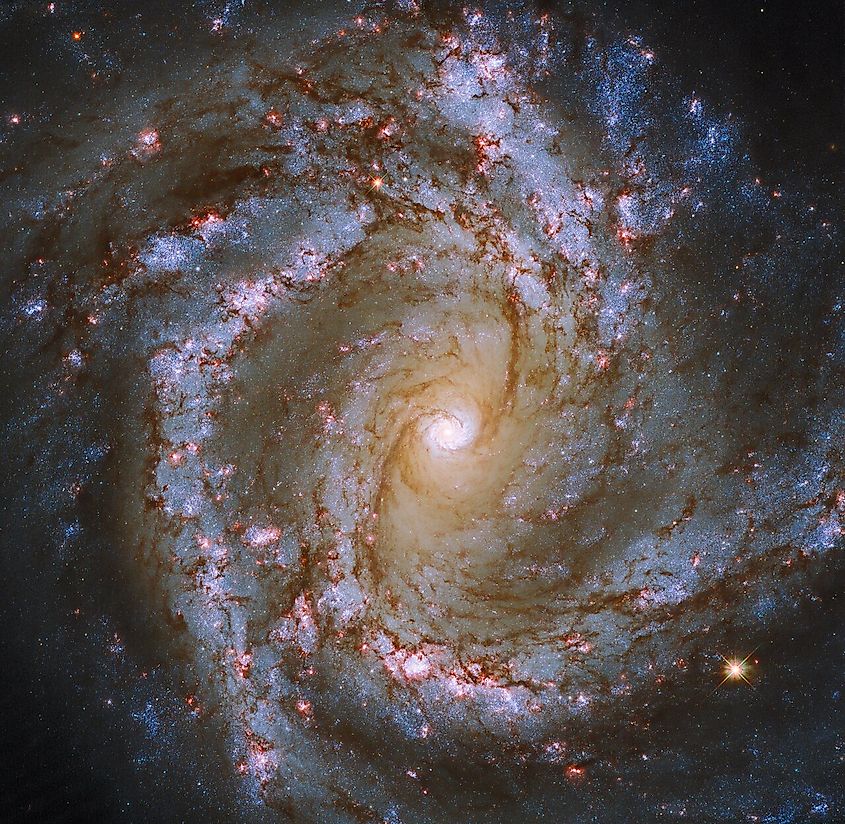
Since spiral galaxies have such complex shapes, astronomers have had a difficult time explaining their origin. In the early 20th century, it was generally believed that the spiral shape formed due to differences in a galaxy’s rotational velocity. Like how the planets in a solar system will orbit a star at different speeds depending on their distance, astronomers believed that stars within a galaxy would do the same depending on their distance from the central bulge. However, this theory had a major problem, the most notable being that over time, spiral galaxies would wind up as their arms closed inwards, causing the entire spiral structure to cease to exist. While the exact origin of the spiral shape remains a mystery, the most likely explanation based on current evidence is that density waves caused by star-formation are behind the spiral shape.
The density wave model of spiral formation can be rather complicated and hard to visualize. It begins with the fact that the spiral arms of a galaxy rotate faster than the stars and nebulae contained within them. This is because stars and nebulae possess a higher density, and so they have a lower speed than the arms themselves. The higher density within the arms also means that star-formation will occur more often within a galaxy’s spiral arms, which further increases the overall density. Stars eventually leave the spiral arm while new stars enter the arm or form within it, resulting in the formation of density waves through the galaxy. Since the density within the spiral arms always remains high, the force of gravity also remains high. The mutual gravitational pull of the stars and nebulae within a spiral galaxy’s arms counteract any winding of the arms, allowing the spiral structure to maintain itself for billions of years.
Elliptical Galaxies
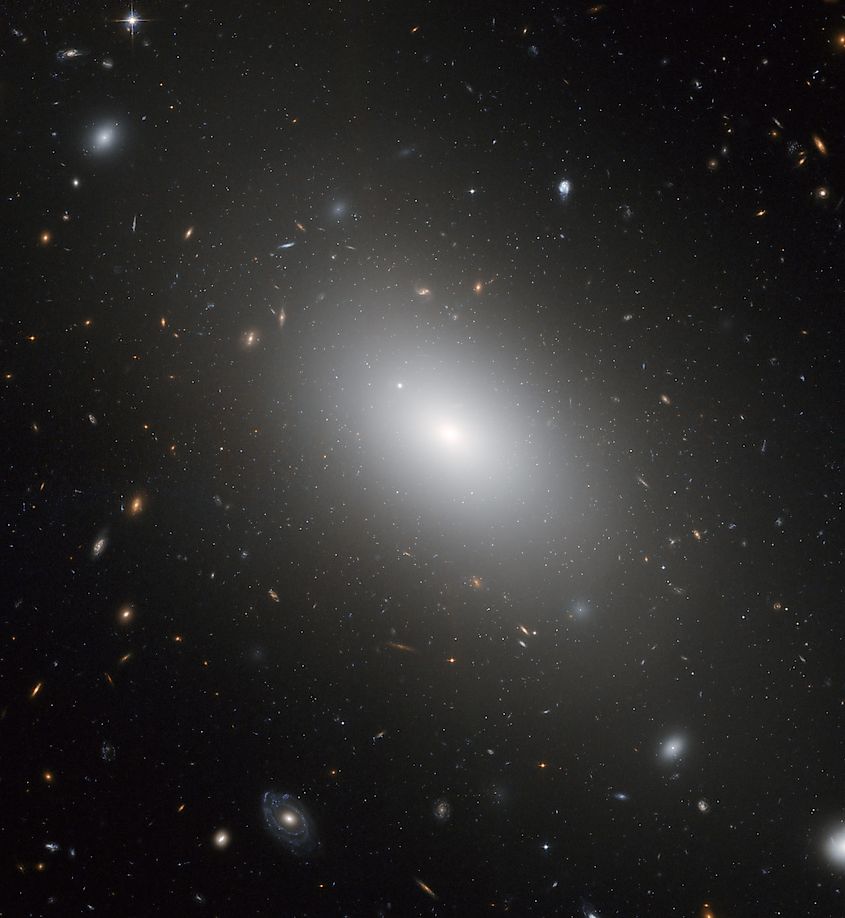
Elliptical galaxies are significantly different from their spiral counterparts. While every spiral has a unique appearance, it is often said that when you see one elliptical galaxy, you have practically seen them all. Most elliptical galaxies look virtually indistinguishable from each other, with the only notable difference being their size, which range from the smallest galaxies to the largest. As their name suggests, elliptical galaxies are, well, elliptical in shape. Unlike the flat disks of a spiral galaxy, elliptical galaxies are more egg-shaped. Furthermore, while spiral galaxies experience high rates of star-formation, elliptical galaxies are generally devoid of any star-formation, and they generally contain vast amounts of low mass, old stars.
How Do Elliptical Galaxies Form?
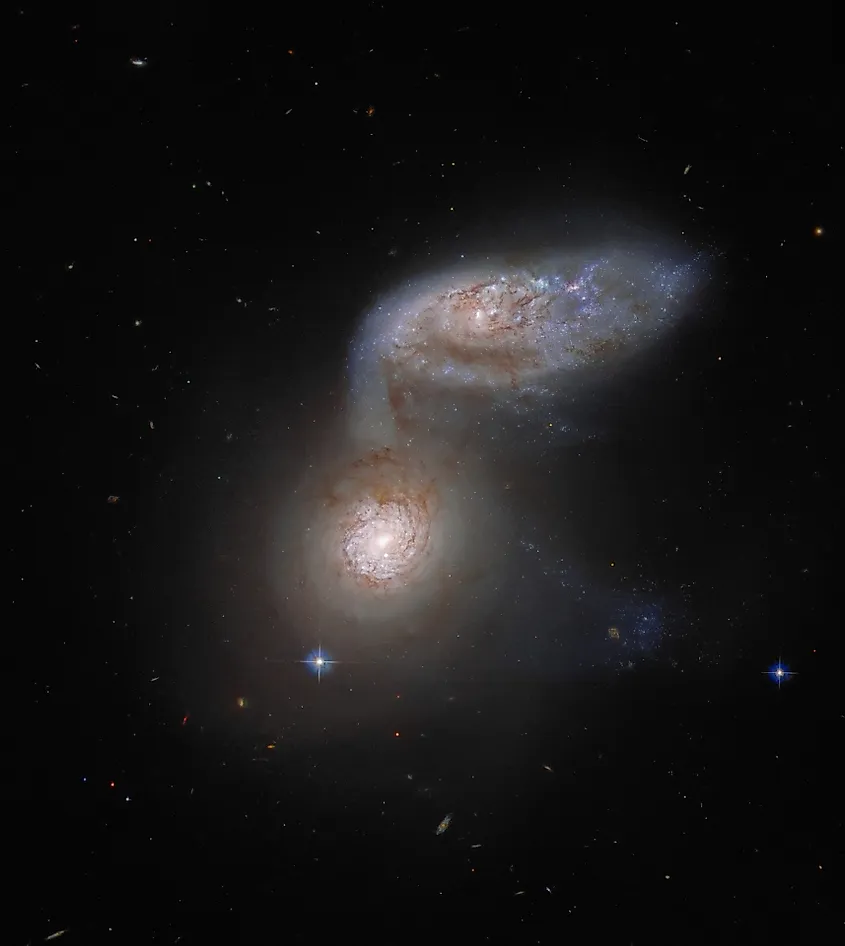
Most elliptical galaxies are likely born as a result of galactic merger events. When two or more galaxies collide and merge together, the end result is usually an elliptical galaxy. This model explains several characteristics of elliptical galaxies. During a typical galactic collision, gravitational tidal forces will cause the galaxies to enter what’s called the starburst phase, wherein star-formation occurs at an accelerated rate. During this phase, a galaxy may completely exhaust its star-forming material, and this is likely why elliptical galaxies are largely devoid of any star-formation. Since high mass stars live relatively short lives, most would go supernova by the time the elliptical galaxy forms, and so the only stars left behind are low mass, old stars. Another interesting observation is that when the universe was young and galaxies first began forming, there was a very small number of elliptical galaxies. This is supported by the galactic merger model, since not enough time had yet passed for galaxies to collide and become ellipticals.
Irregular And Peculiar Galaxies
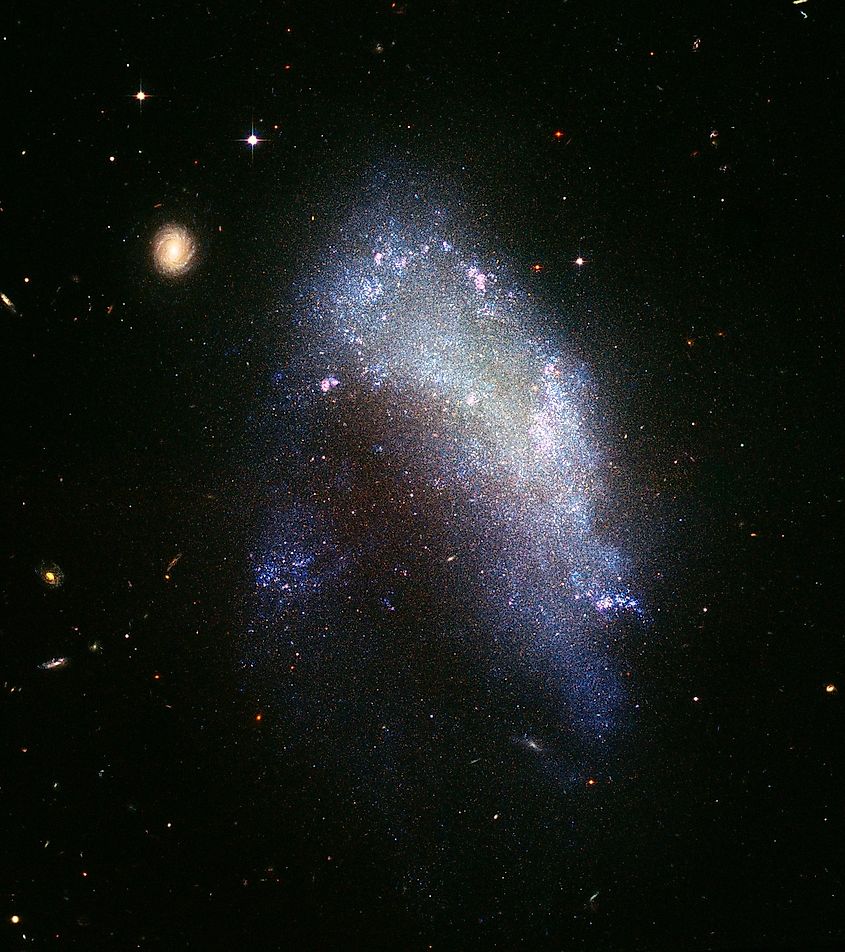
If a galaxy is neither a spiral nor an elliptical, chances are it’s either an irregular or peculiar galaxy. Unlike spirals and ellipticals, irregular galaxies are not as well-defined in terms of shape. Rather than having a typical, orderly shape, irregulars have an irregular shape. Irregular galaxies generally look like jumbled messes of stars, gas, and dust. Interestingly, most irregular galaxies were likely spiral galaxies at one point, yet their spiral shape was disrupted by a galactic collision or the gravity of a nearby galaxy. Peculiar galaxies have a nearly identical definition, and the only thing that really separates peculiar galaxies from irregular galaxies is that peculiar galaxies look even more different than typical spirals and ellipticals. Peculiar galaxies also tend to be larger and brighter than irregular galaxies, yet the two can still look very similar to each other.
A Universe Of Galaxies
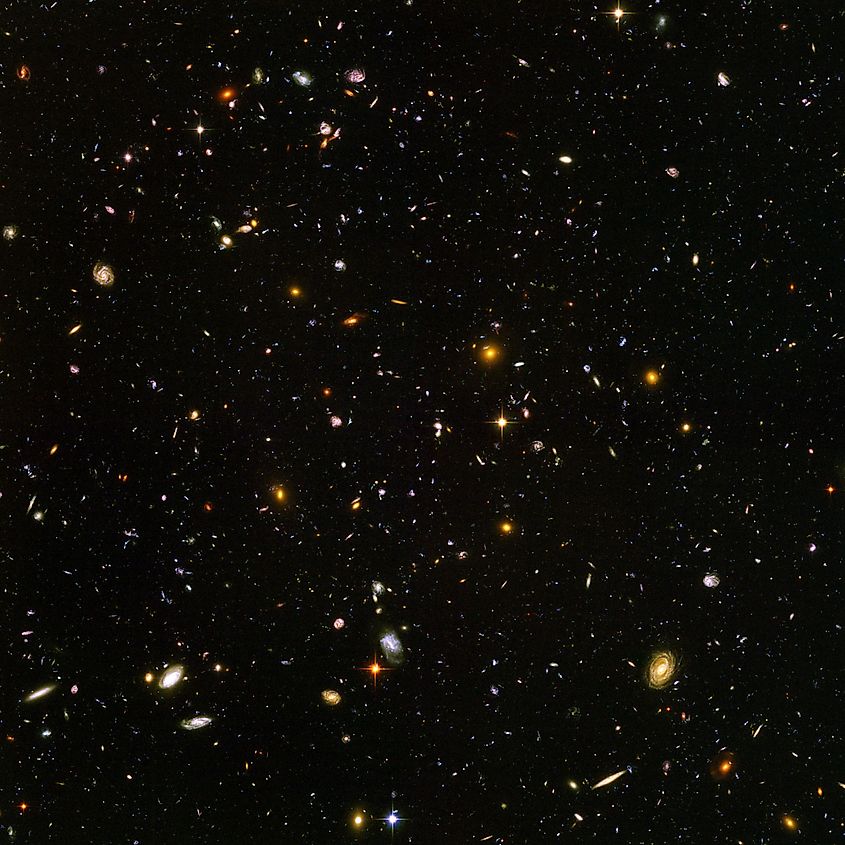
The universe is home to over 100-billion galaxies, all of which will fall under the classification of either spiral, elliptical, irregular, or peculiar. Spirals form as a result of density waves, star-formation, and gravity, while ellipticals are born from the gravitational dance of colliding and merging galaxies. Irregular and peculiars both form as a result of gravitational interactions with other galaxies, distorting their shape and making them appear vastly different than spirals and ellipticals.











